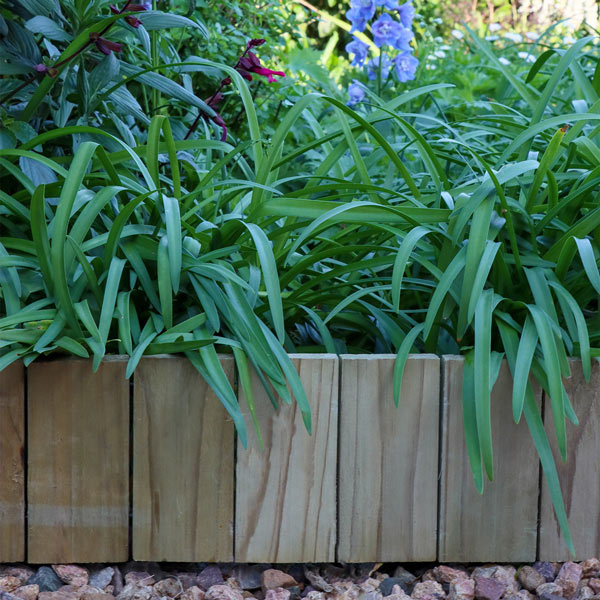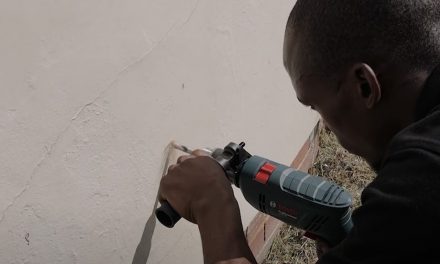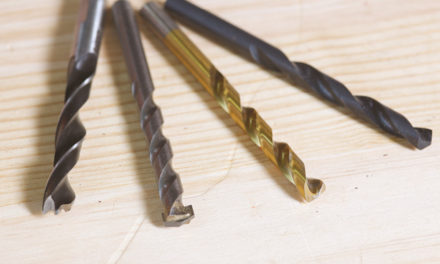Using the right ending option can give your garden that finished-off look that we all desire.
Edging in your garden is so important: it defines areas and creates visual borders, it neatens up the transitions between the garden and the lawn or driveway and it also gives a definite edge to pathways or lawns. Here are some different edging options that you can use – be creative and let the design juices flow.
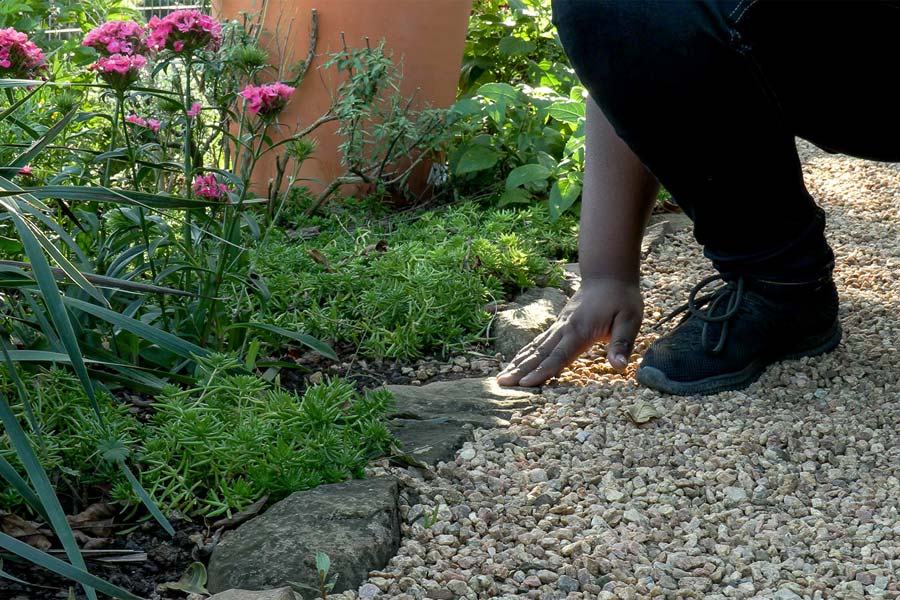
As a design rule of thumb, the materials used for paving, paths and edging should be consistent with those used in the construction of the home. For example, if the house is ultra-modern, you wouldn’t want to use rustic gumpole edging in the garden alongside the house – a neat paver in a similar colour to the house or flooring would be more in tune with the overall design. As you move further away from the house, though, the less formal the materials need to be. In a casual home the transition to natural materials such as bark, gravel, wooden logs, rocks and boulders can be made that much earlier.
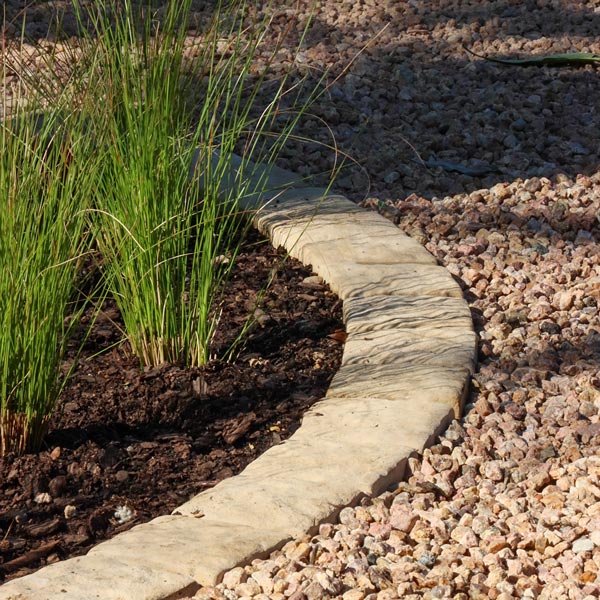
Choosing edging materials from the wide range available is a personal choice, as is so much in gardening. Options range from wooden ‘intingus’ (thin poles), half-rounds (split poles) and timber picket fencing, to steel fencing and cement options. Timber edging has usually been given either a CCA treatment or been treated with creosote to protect it from the weather and from insects eating the wood.
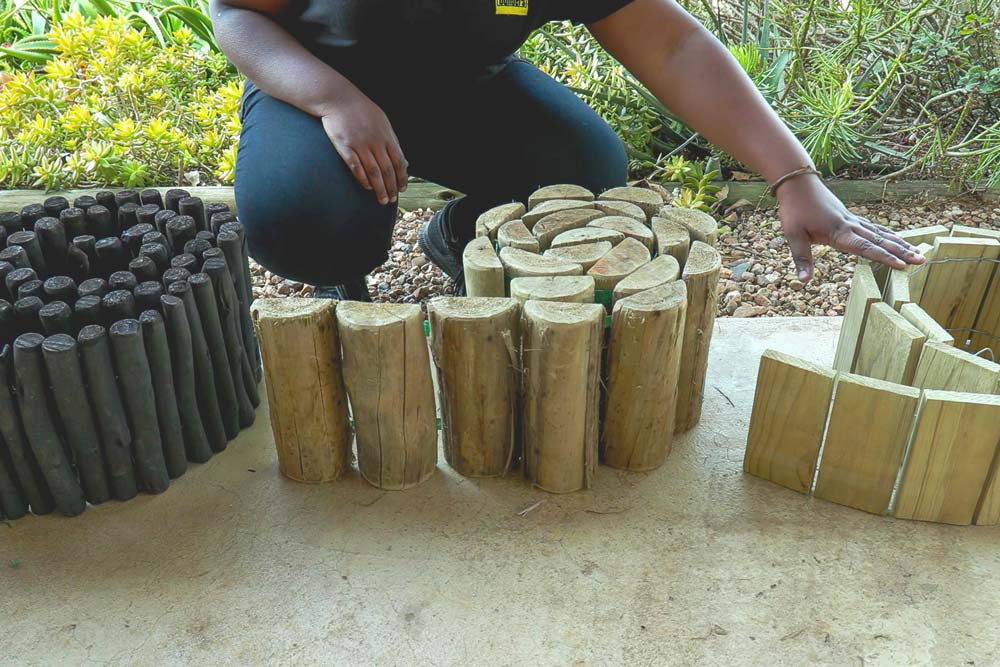
Short ‘intingu’ rolls are easy to install and make an attractive and rustic timber border. Half-log rolls are similar and choosing between the two comes down to which design you prefer. For a more symmetrical but still traditional border, a timber picket fence is a great option and is also very easy to install, coming in pre-made panels. These picket fences are CCA treated and can be primed and painted in any colour. Both of these options can be used to great effect where a flowerbed meets a lawn or pathway.
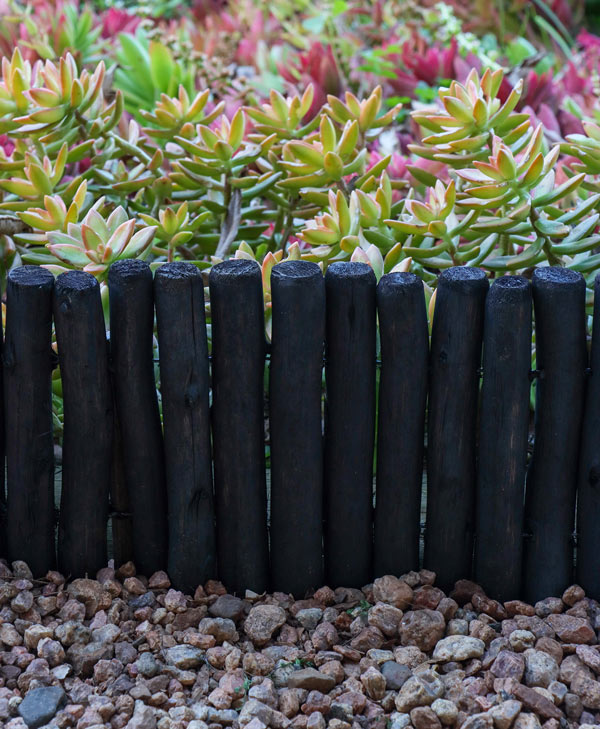
A simple and classical look can be achieved with steel lawn border picket fences, which are incredibly easy to install – you simply push the spikes into the ground and make sure that the hooks are interlinked. These little fences are also effective at keeping the kid’s soccer ball out of your beautiful garden.
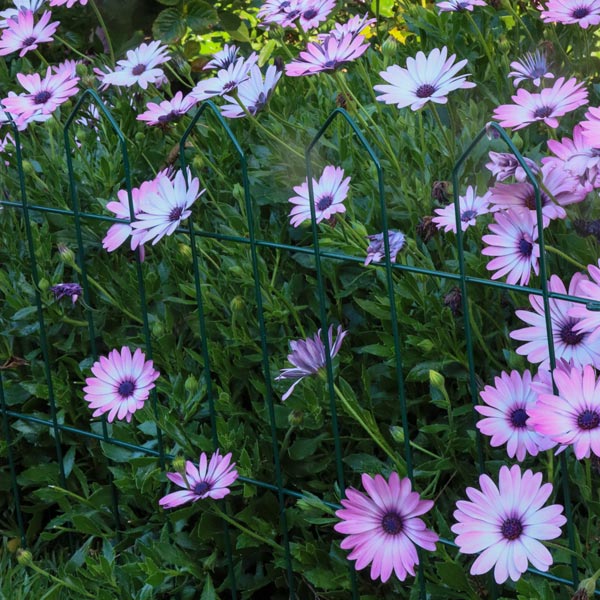
Bricks, either new or recycled, can be used to create a strong visual border between a lawn and a garden, or around a section of gravel. Bricks, as well as cobblestones, should be set in a shallow foundation of concrete to prevent them from moving and becoming irregular and unsightly. Because of this they are a semi-permanent feature in the garden, so make sure that you plan ahead when installing these.
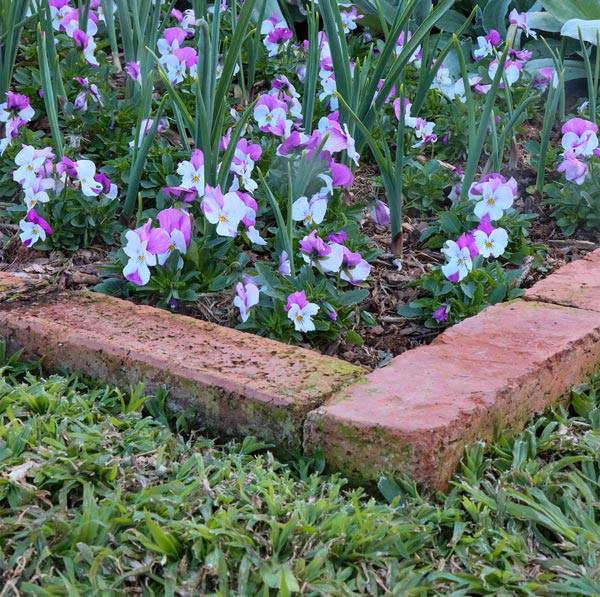
Gravel pathways, so beautiful in a garden, need to be edged to keep the gravel where it’s supposed to be and not on the lawn. There are a few options here, such as bricks or standard CCA-treated poles which blend into the garden beautifully but are simple and practical.
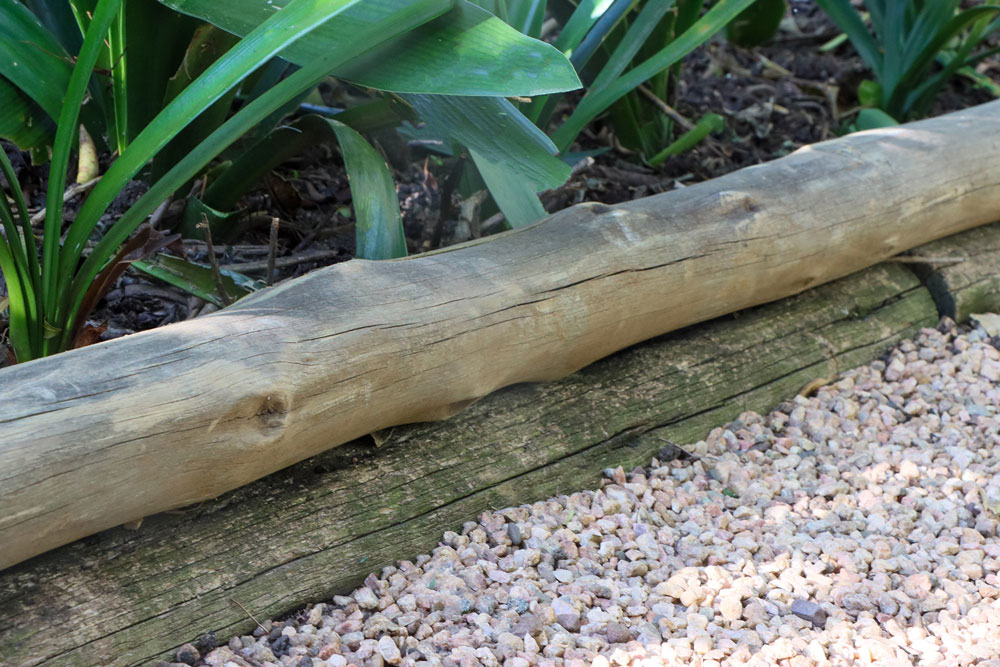
When planning a new space in your garden, don’t forget to spend some time on planning the edging too – it is quick and easy to install but will give a completed, professional finish to the space, keeping everything neat and in its place.
Remember, everything we have mentioned above and more is available from Builders, either in-store or online at builders.co.za. Get to Builders. Get it done.
